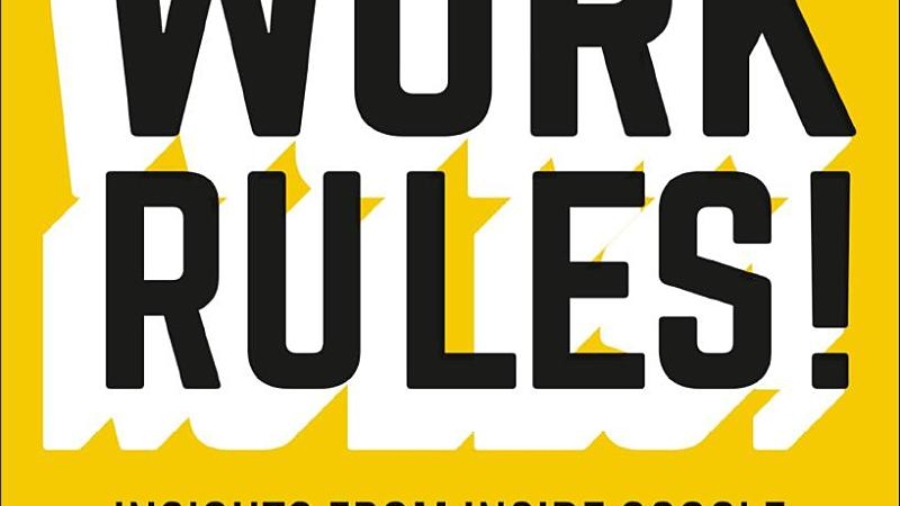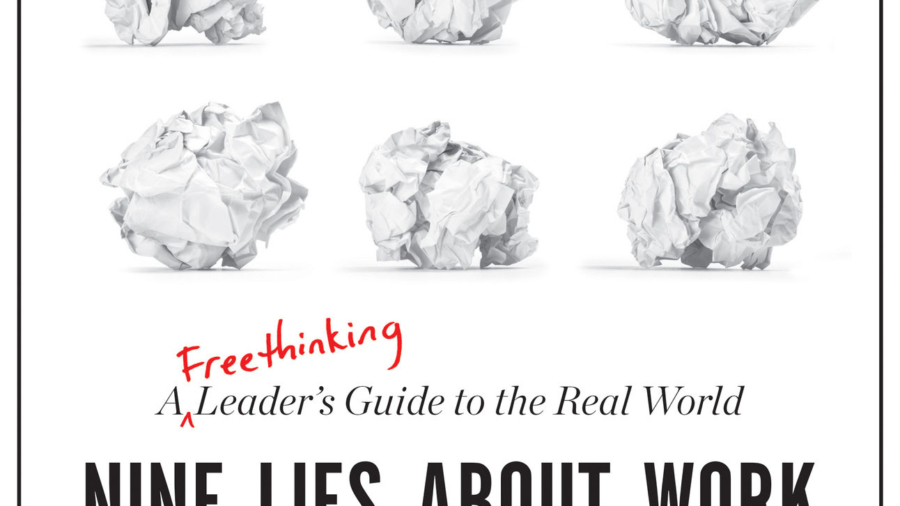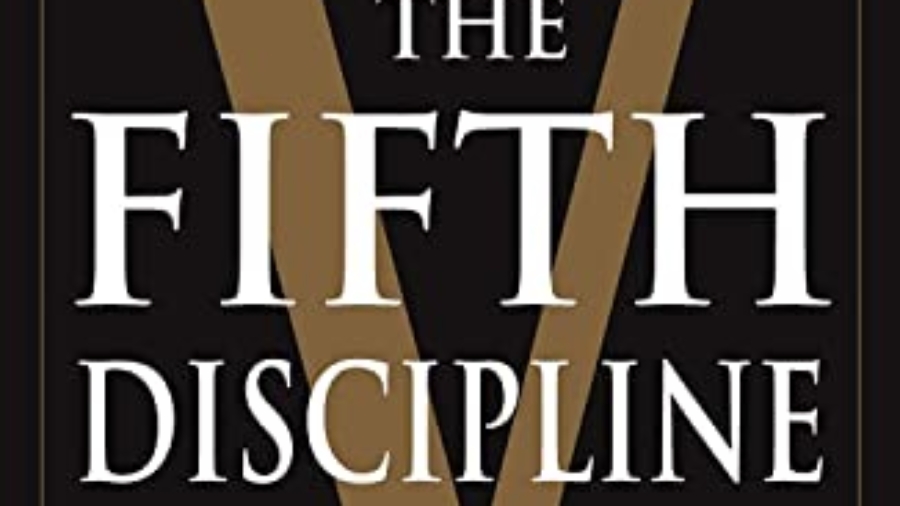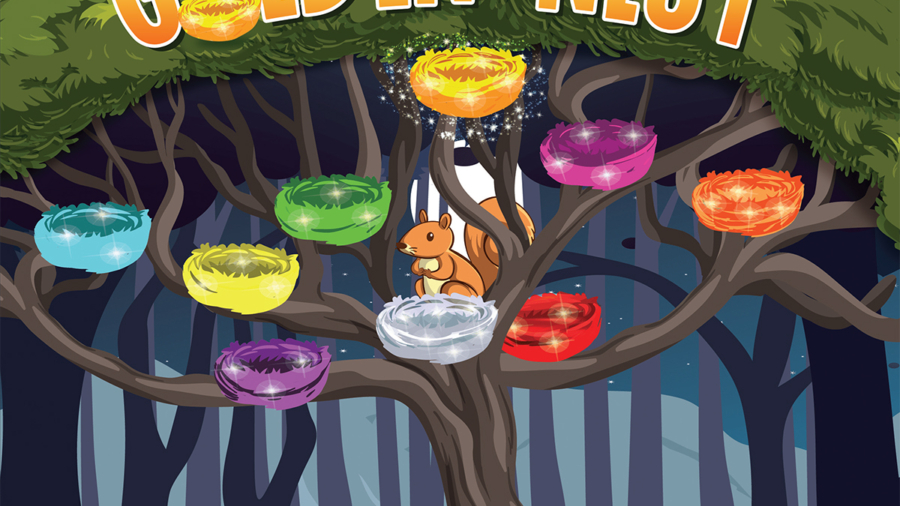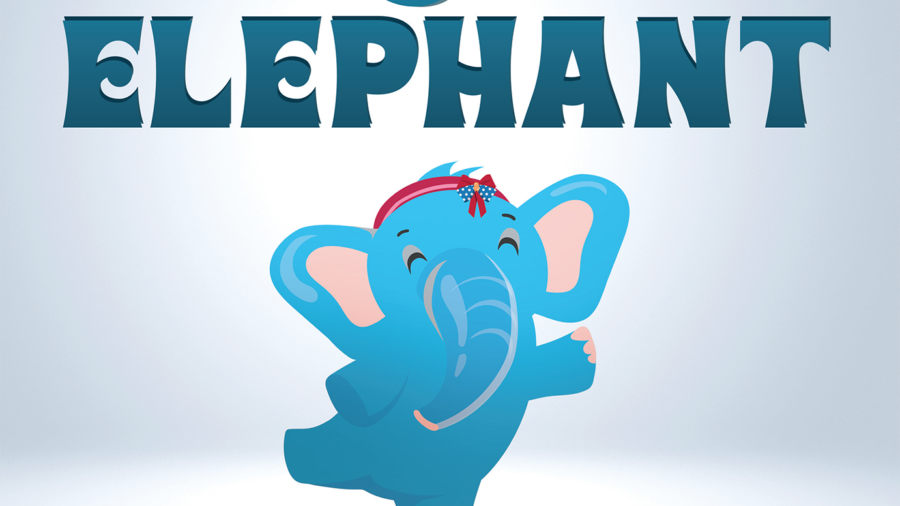
Are you looking to increase productivity of your employees?
Grab a Book!
In the book Increasing Human Efficiency in Business published in 1911, Walter Dill Scott told the corporate world & all future HR exactly how to do this.
Human Efficiency can be increased by Imitation, Competition, Loyalty, Concentration, Wages, Pleasure, Love of the Game and Relaxation says Scott.
These are all basic things, yet often ignored in our attempt to look at the fancier & trendy fads. Hence this book forms part of my #bookrecommendation list for all HR folks.
Here are some of my most favourite lines from the book:
– Men who know how to get maximum results out of machines are common; the power to get the maximum of work out of subordinates or out of yourself is a much rarer possession.
– Co-operation of employees is the first purpose of organization. Without loyalty and team work the higher levels in output, quality, and service are impossible.
– Where there is no heart in the work (absence of feeling) relatively little can be accomplished, even though the intellect be convinced and the will strained to the utmost.
– The boss to whom his employees turn in any serious perplexity or private difficulty for advice and aid is pretty apt to receive more than the contract minimum of effort every day and is sure of devoted service in any time of need.
– The personality of the worker must be respected by the employer. “Giving a man a chance” to develop himself, allowing him to express his individuality, is the surest way of enlisting the interest and loyalty of a creative man.
– He is exhausted, not because of his achievements, but because of the expenditure of energy in resisting distractions. He is inefficient, not through lack of industry, but from lack of opportunity or of ability to concentrate his energy upon the single task at hand.
– Every business man is careful to locate every piece of machinery where it will work best, but equal care has not been given to locating men where they may work to the greatest advantage.
– A successful day is likely to be a restful one, an unsuccessful day an exhausting one.
– But in many instances work seems menial and ignoble because it is not understood. The single task as performed by the individual is so small and so specialized that it does not seem worth while.
– When the interest in work is dependent on novelty, the plateau comes early in the development, and further progress is possible only by the injection of new motives to action.
– In general, the most valuable men in any organization are the ones who have grown up in it.


